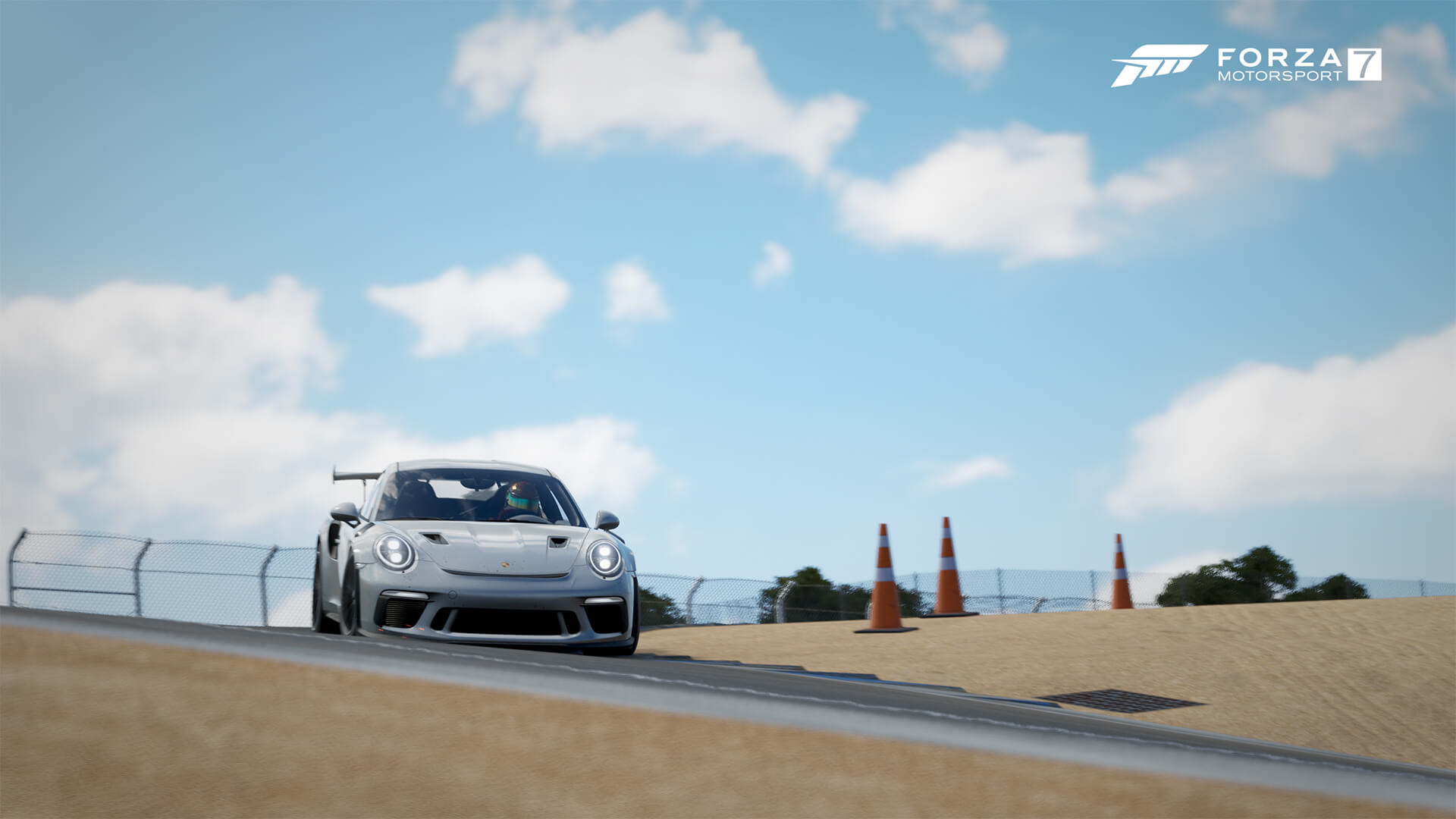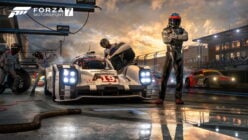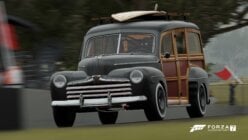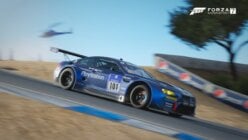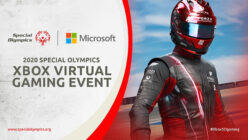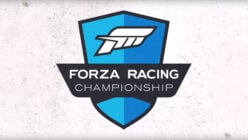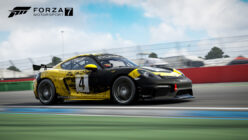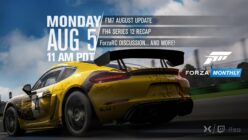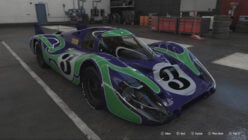At this year’s Game Developers Conference, Turn 10 took a deep dive into creating realistic environments for Forza Motorsport 7.
The seventh entry in the franchise is the largest yet, and it shows. Whether it be the 32 track locations or the exhaustive roster of over 800 vehicles, a lot of work went into FM7. With that in mind, have you ever wondered how Turn 10 goes about making the locations look as realistic as they do?
Turn 10’s Environment Art Director Travis Gosnell has you covered. Gosnell goes over some of the tracks featured, the spotlight of which focuses on the Dubai Circuit — a marquee track used to show off some of the newer tech used in FM7. As he points out, Forza Motorsport prides itself on realism, that includes accuracy and authenticity.
In terms of accuracy, one of the focal points is giving the player the same feeling as a race driver when visiting any one of the track locales. For that to happen, there needs to be a near-identical recreation of the track; a 1:1 likeness in other words.
As seen in the stills for Long Beach, Turn 10 recreates everything down to the direction of the light and position of the trees. Gosnell is quick to point out there isn’t any room to be flexible. When there are breaking points and markers used, authenticity is at the forefront.
As always, before building the track, T10 starts with research. That includes going out and finding the areas that are to serve as inspiration for the location. For Dubai, that included the modern cities and architecture, the sand dunes and deserts, and iconic areas.
Turn 10 spent eight days in the UAE capturing photos, though as it’s soon revealed, this isn’t enough. Despite the many thousands of photos likely to be taken, photos can’t capture every fine detail. This is where laser scanning comes into play as it’s by and large more accurate.
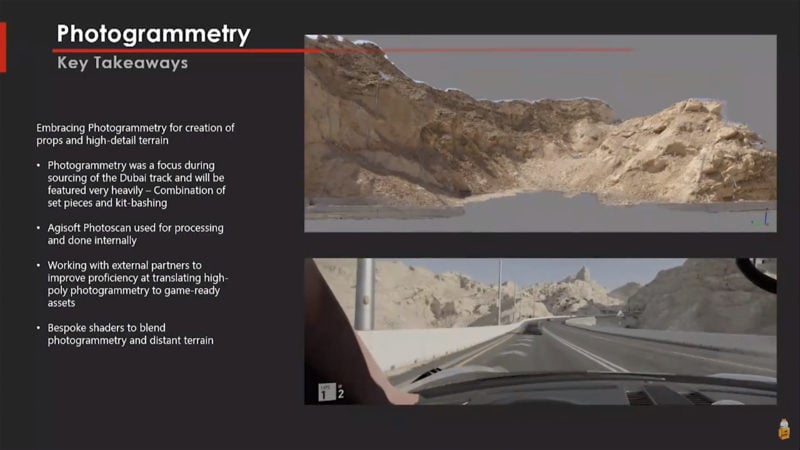
Setting up 2-3 laser scanners on-location, the scanners return an image with 6mm accuracy, or a quarter of an inch. This is real-world data that removes any cause for concern, or having to rely on notes. Each scan is then pieced together to create a “cohesive environment”.
Photogrammetry brings everything full circle. By taking photos of real world objects, the team can recreate 3D meshes. It goes without saying it’s an interesting topic. If it piques your interest we’d recommend watching the video above. It may clock in at over 21 minutes, but it’s fascinating insight into the franchise (and genre) moving forward.
See more articles on Turn 10.
